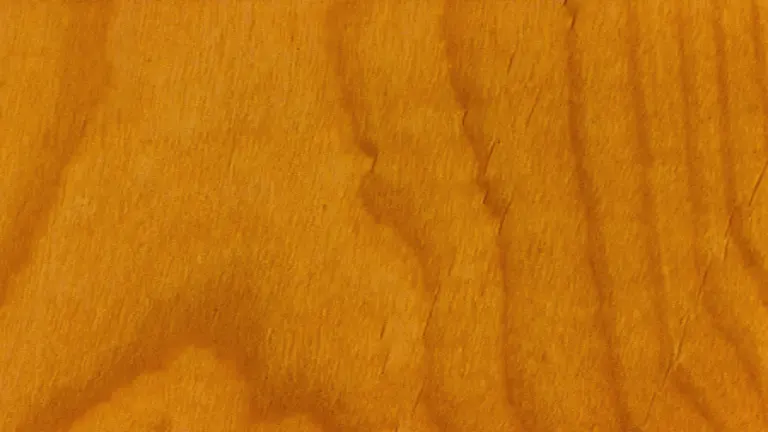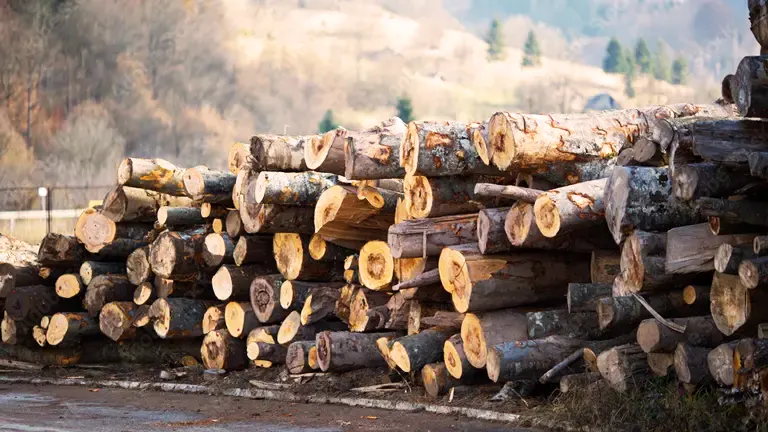Mountain Alder Lumber
- August 8, 2023
- 0 comment
Mountain Alder lumber is highly prized for its versatility and wide range of applications in both woodworking and construction industries. Sourced from the Mountain Alder tree (Alnus incana), this wood boasts distinctive properties that set it apart from other hardwoods. Its heartwood varies in color from pale yellow to light brown, sometimes displaying attractive reddish or orange hues, while the sapwood remains lighter in tone.

The fine-grained texture and generally straight grain of Mountain Alder make it a pleasure to work with, allowing artisans to achieve smooth finishes and intricate detailing. Its ease of use with hand and machine tools, along with its excellent gluing properties, further adds to its appeal in woodworking projects.
In construction, Mountain Alder lumber is well-regarded for its favorable strength characteristics, including impressive modulus of rupture and elastic modulus values. This makes it a reliable choice for load-bearing structures and various structural components. While the wood is not naturally resistant to decay and insects, proper protective finishes or preservative treatments can significantly enhance its durability and suitability for outdoor applications.
| Property | Details |
|---|---|
| Common Name(s) | Mountain Alder |
| Scientific Name | Alnus incana |
| Distribution | North America (specifically western and northern US) |
| Tree Size | 40 to 70 feet tall, 1 to 2 feet in diameter |
| Average Dried Weight | 26 lbs/ft3 (420 kg/m3) |
| Specific Gravity | 0.42 – 0.50 |
| Janka Hardness | 780 lbf (3,470 N) |
| Modulus of Rupture | 9,900 lbf/in2 (68.3 MPa) |
| Elastic Modulus | 1,220,000 lbf/in2 (8.41 GPa) |
| Crushing Strength | 6,450 lbf/in2 (44.5 MPa) |
| Shrinkage | Radial: 5.3%, Tangential: 8.9%, Volumetric: 13.1% |
Characteristics
Color/Appearance
The coloration of Mountain Alder’s heartwood ranges from pale yellow to light brown, sometimes showcasing attractive reddish or orange undertones. In contrast, the sapwood appears lighter in color. The wood has an overall muted appearance, often featuring subtle variations in hue and occasional dark streaks or mineral deposits, which adds character and uniqueness to the finished product.


Grain/Texture
Mountain Alder is renowned for its straight, fine-grained texture, contributing to its smooth and polished surface. The wood readily takes well to various finishing techniques, allowing craftsmen to achieve a refined and elegant look for their projects. The fine and even grain pattern enhances the overall aesthetic appeal of the wood, making it a popular choice for both functional and decorative items.
Rot Resistance
Mountain Alder is not naturally resistant to decay, making it susceptible to fungal attacks and other forms of deterioration when exposed to moisture and environmental elements. However, when appropriately treated with protective finishes or preservatives, its rot resistance and overall durability can be significantly improved, expanding its potential uses to include outdoor applications.
Workability
One of the key strengths of Mountain Alder lies in its workability. The wood is relatively easy to work with hand and machine tools, making it a favorite among woodworkers of all skill levels. Its good machining properties and excellent gluing characteristics ensure seamless joinery and the ability to produce intricate designs with ease. However, woodworkers should exercise care during machining, as Mountain Alder may be prone to tear-out due to its interlocked grain pattern.
Odor
Mountain Alder has no distinctive odor, contributing to its neutral and unobtrusive presence in woodworking projects. This attribute is particularly beneficial for indoor applications where the absence of any strong scent is desirable.
Allergies/Toxicity
Mountain Alder is generally considered non-toxic, and there are no known allergenic properties associated with the wood. Woodworkers and craftsmen can handle it safely without concerns about allergic reactions or toxicity.
Pricing/Availability
Mountain Alder is moderately priced, making it an accessible choice for various woodworking projects. It is typically available in regions where it naturally grows, primarily in western and northern parts of North America, contributing to its widespread availability.
Sustainability
As a sustainable wood choice, Mountain Alder holds significant appeal for environmentally-conscious consumers and industries. It is known for its relatively rapid growth rate, allowing for responsible and renewable harvesting practices. Furthermore, it is not listed as an endangered species, further supporting its status as a sustainable material.
Common Uses
Mountain Alder finds diverse applications in woodworking and is highly valued for its versatility. Its common uses include cabinetry, furniture-making, turnings, and veneer, where its fine grain and smooth texture add a touch of elegance to the finished products. Additionally, Mountain Alder is frequently used for charcoal production and as a source of firewood, making it a practical choice for energy and heat generation. Its adaptability and eco-friendly attributes contribute to its popularity among craftsmen and industries seeking a sustainable and aesthetically pleasing wood material.


Frequently Asked Questions
- Is Mountain Alder Lumber durable for outdoor use?
While Mountain Alder is not naturally durable, it can be used outdoors with proper treatment and protection from moisture and insects. - Can I stain Mountain Alder easily?
Yes, Mountain Alder takes stains and finishes well, allowing you to achieve various color tones. - Is Mountain Alder an endangered species?
No, Mountain Alder is not listed as an endangered species and is relatively abundant in its native regions. - Does Mountain Alder emit any harmful fumes?
No, Mountain Alder does not produce any toxic fumes, making it safe for indoor use. - Is Mountain Alder easy to carve?
Yes, the fine-grained texture of Mountain Alder makes it suitable for carving and intricate woodworking projects.
We’d love to hear from you! Share your personal experiences and thoughts about Mountain Alder Lumber in the comments section below. Your insights could be a valuable resource for fellow enthusiasts looking to make informed decisions!






Leave your comment